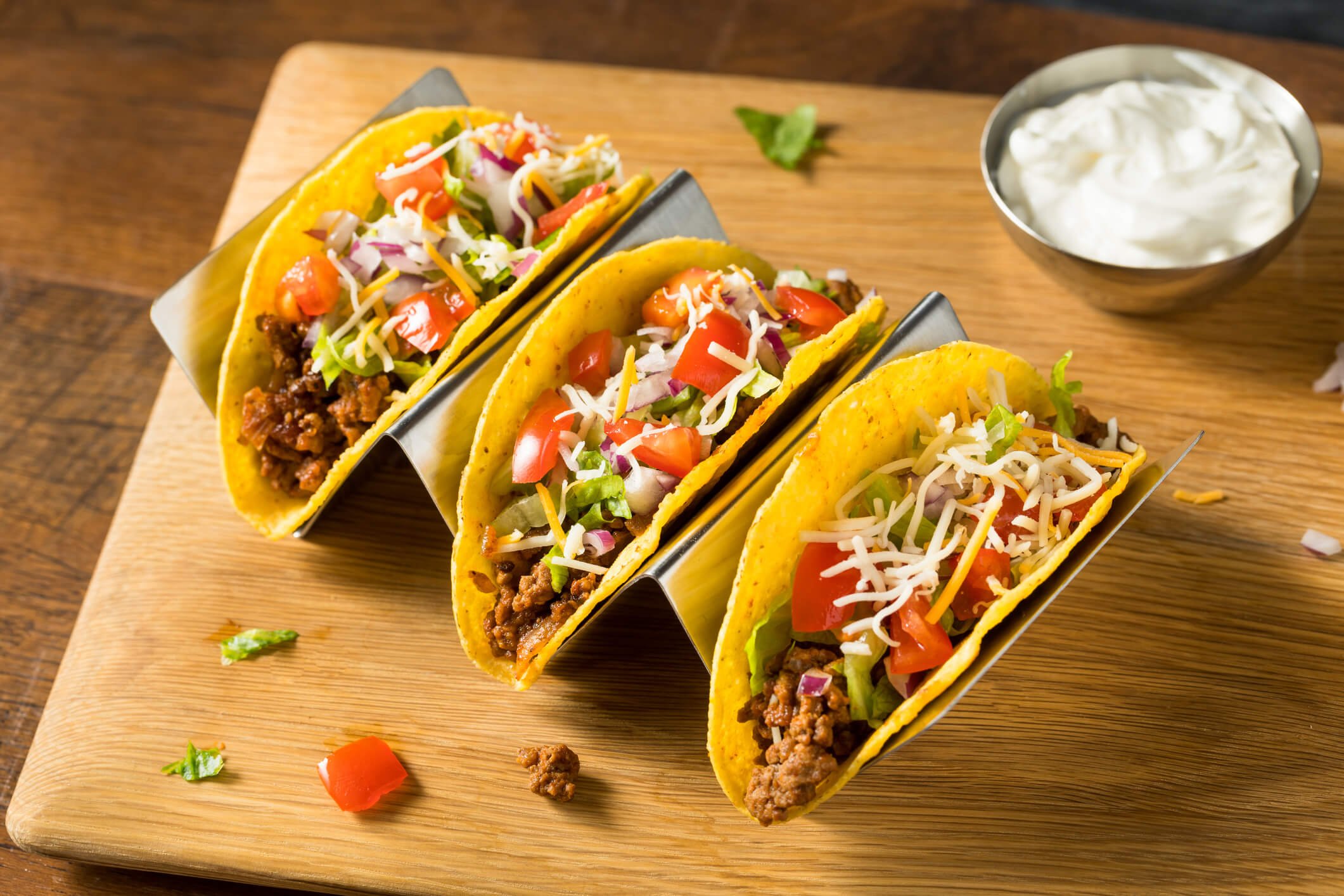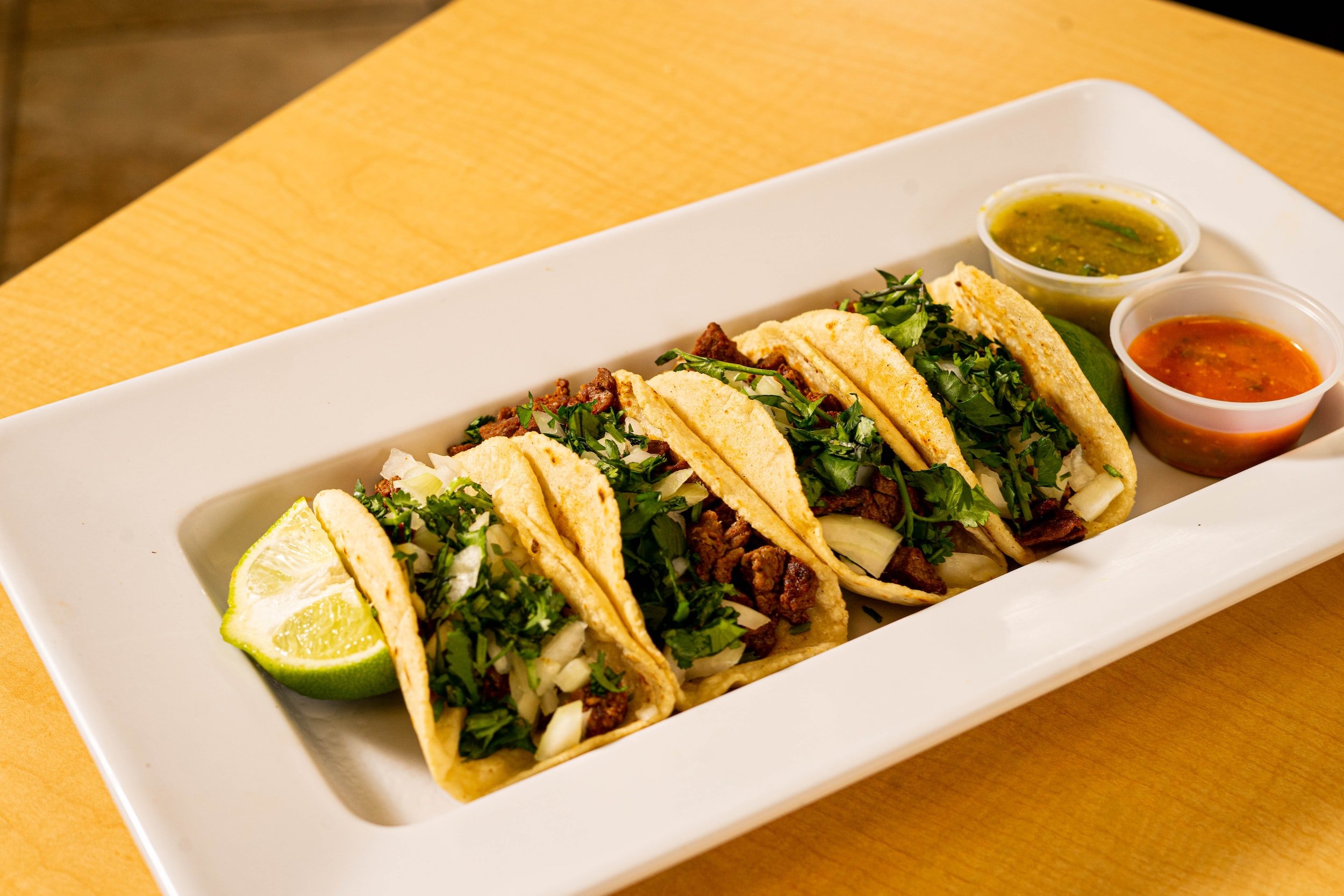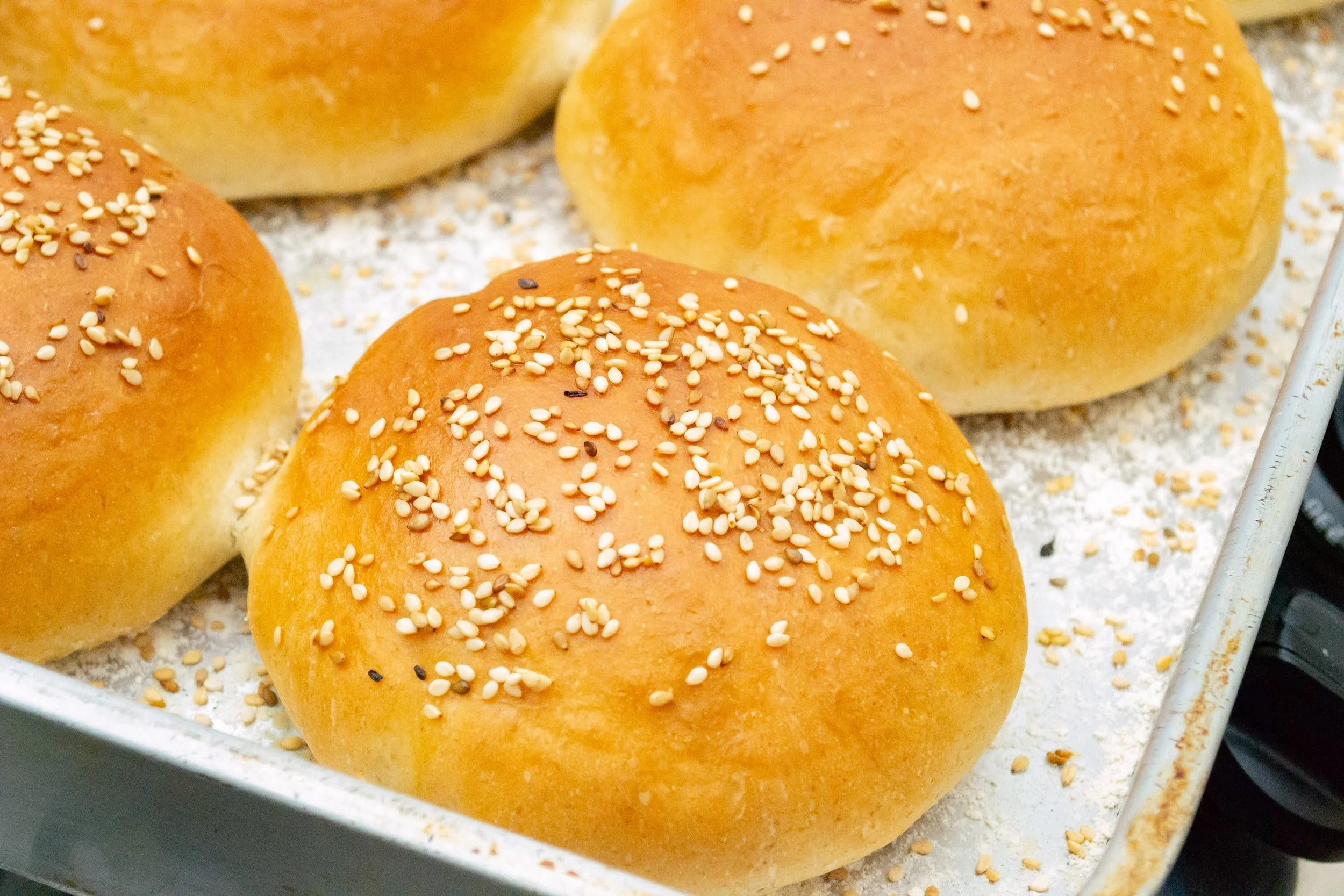Texan Foods That Are High In Iron
Discover > Texas Mom Blog > Texan Foods That Are High In Iron
Iron is an important mineral needed by our body being an important component of hemoglobin, a protein found in red blood cells which carries oxygen from our lungs and transports it to all parts of our body.
If iron is lacking in our body, there will not be enough red blood cells to carry oxygen which then would lead to fatigue and weakness. Iron is also a component of myoglobin, a protein that carries and stores oxygen in our muscle tissues. Children would need adequate iron for growth and healthy brain development. Iron is also needed in the normal production and function of various cells and hormones in our body.
What is Iron Deficiency Anemia?
When we lack iron in our body, there would be fewer hemoglobins that would be produced resulting in anemia. It affects 4 to 5 million Americans daily. Among the causes of iron deficiency anemia are blood loss, lack of iron in the diet, and pregnancy.
Symptoms include fatigue, weakness, pale skin, lightheadedness, headache, chest pain, shortness of breath, cold hands and feet, and inflamed tongue.
Addressing Iron Deficiency Thru Food
One cause of anemia is the lack of iron in our meals. Doctors would prescribe iron supplements or advise you to eat foods rich in iron. You can prevent this kind of anemia by taking iron-rich foods.
Iron in food comes in two forms: heme and non-heme. Heme is found in animal meat while non-heme is found in plant food. Non-heme iron is also found in meat, as animals also eat plants.
Texans love to consume red meat (What wine goes well with red meat?) like beef (What wine goes well with beef?), which is rich in iron. Plus the various crops grown in the state provide non-heme iron for our dietary needs. People in Texas with a Texan diet wouldn't have to worry about iron deficiency as most of the preferred dishes in the state are rich in iron.
Here are some foods common in the state which are good sources of this mineral (Listed in no particular order):
Burgers
Texans love burgers, it was said that the world’s first burger was made in Athens, Texas in the late 1880s. It has become one of the iconic dishes in this beef-loving, beef-producing state.
Burgers contain large amounts of iron. One serving of ground beef (100 grams of ground beef) contains 15% daily value of iron to it making hamburgers the most easily accessible source of iron for people.
Tacos
One of the most popular meats for filling tacos is ground beef meat, which contains 15% of the dietary value for iron (100 grams of ground beef).
However breakfast tacos contain eggs, another iron-rich ingredient (one egg has 1.9 mg of iron), and then you have potatoes which contain non-heme iron.
Pinto Beans
As they are a common staple in Texan dishes, pinto beans (how long does pinto beans last?) are rich in vitamins, minerals, proteins, and fiber.
One such mineral found in pinto beans is iron. One cup or 171 grams of pinto beans contains 20% of the dietary value for iron.
Steaks
Texans love steaks and beef is rich in iron. Grilling 6 ounces of sirloin cut will get you 3.2 grams of iron. Beef, like other red meat, is a high source of heme iron.
Chicken fried steaks, a popular beef dish here in Texas that is made from sirloin, contains a good amount of iron. The usual four servings in a meal would have 37% of the dietary value for iron.
Spinach
In whatever way you’ll be cooking it, spinach (What wine goes well with spinach?) is a rich source of iron. One cup of spinach has 3.2 grams of iron. Aside from iron, spinach is a high source of potassium, calcium, and vitamins A and E.
Spinach is widely grown in Texas. The town of Crystal City had laid claim as the Spinach Capital of the world as the vegetable is widely cultivated in a fertile part of Texas known as the Winter Garden.
Poultry (Chicken, Turkey, Ducks)
Poultry is a major industry in the state. It is estimated that the poultry industry contributes $2.1 billion to Texas’ economy. The abundance of poultry meat (chicken, turkey (What wine goes well with turkey?), ducks) (What wine goes well with duck?) in the state is another major source of iron.
A half-breast chicken gives you 6% of the dietary value for iron. Turkey has a higher iron yield at 3.5 ounces per serving, a dark meat turkey gives you a 13% dietary value for iron.
Shrimps and Oysters
The shrimp (What wine goes well with shrimp?) industry in Texas is a big one, as the state is the largest producer of farmed shrimp in the country. Shrimps contain iron (100 grams of shrimp contain 3% of the dietary value for iron).
Oysters (What wine goes well with oysters?), most of which are harvested from Galveston Bay, are also high in iron (5 raw oysters would give you 3.23 mg of iron).
Sesame Seeds
Sesame is a drought-resistant crop grown in the drier regions of the state like the South Plains, and Lower Rio Grande Valley. Sesame seeds (how long do seeds last?) are usually used as condiments, we usually sprinkle them on soups, salads, and stir-fries.
Hamburgers have buns that are topped with sesame seeds (how long do sesame seeds last?). These seeds contain 14 mg of iron per 100-gram serving.
Sausages
Another Texan favorite, sausage is a popular grilling staple during summer barbecues. Historically German settlers in Central Texas brought sausage-making know-how into the state.
Texan sausages which are Czech-style spicy sausages brought over by German immigrants in the 1800s are beef-based (sometimes added with pork). Just like food made up of beef meat, sausages contain a good amount of iron (1.2 mg per 100 grams of sausage).
These are among the foods and food ingredients in the state which are high in iron. With the abundance of red meat sources and preference of Texans in eating red meat, particularly beef, you’ll never be iron deficient in the state, though there are medical conditions that limit the absorption of iron into the body, better consult your doctor if you are eating iron-rich food yet you get symptoms or telltale signs of anemia.
For more guidance on how much iron or the percentage of dietary value of the mineral in a given food product, you can look at the labels or check on the internet.











